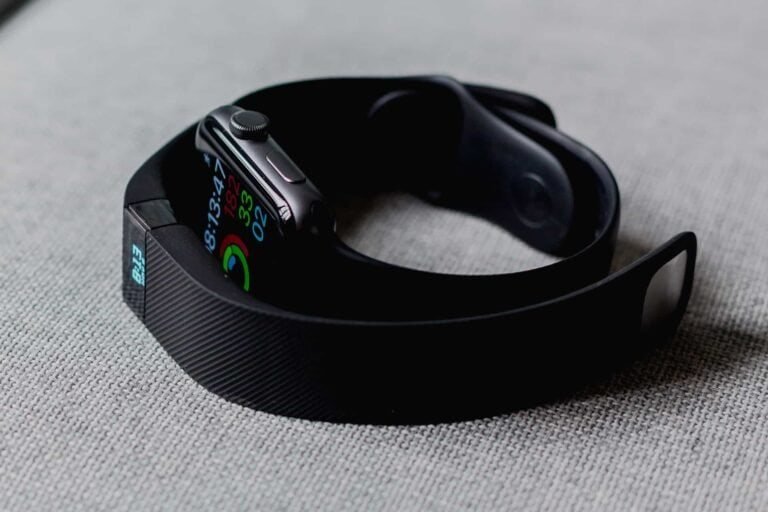Using a Bullet Journal for Data Analytics as a Digital Nomad
As a digital nomad pursuing a dual degree in Marketing and Data Analytics, managing your time and tasks efficiently is crucial. Here’s how you can use a bullet journal to enhance your data analytics workflow:
Benefits of a Bullet Journal for Data Analytics
- Organization:
- A bullet journal helps in keeping all your tasks, deadlines, and notes organized in one place. This is particularly useful for data analysts who need to manage multiple projects and datasets simultaneously[1|.
- You can create indexes, key pages, and future logs to keep track of your projects and deadlines.
- Customization:
- Bullet journals are highly customizable, allowing you to create layouts and spreads that fit your specific needs. For data analytics, you can design pages for tracking data sources, noting down insights, and planning analytical tasks[1|.
- Custom spreads can include data collection checklists, analysis plans, and result tracking.
- Visual Aids:
- Bullet journals can include visual aids like charts, graphs, and mind maps to help in understanding complex data relationships. This visual approach can complement your digital tools and enhance your analytical thinking[1|.
- You can use different colors and symbols to categorize and highlight important information.
Practical Applications in Data Analytics
- Project Planning:
- Use your bullet journal to plan and outline your data analytics projects. Create a project log to track progress, note down milestones, and set deadlines.
- Break down large projects into smaller, manageable tasks and check them off as you complete them.
- Data Tracking:
- Design spreads to track data sources, data quality issues, and any discrepancies found during the analysis.
- Keep a log of data updates, changes, and versions to ensure you can trace back any issues.
- Insight Documentation:
- Document your insights and findings in your bullet journal. This can include notes on patterns observed, trends identified, and any hypotheses formed.
- Use bullet points and short summaries to make it easy to review and reference later.
- Meeting and Collaboration Notes:
- Use your bullet journal to take notes during meetings with stakeholders or team members. This helps in capturing action items, decisions made, and follow-up tasks.
- Keep a record of communication with team members and stakeholders to ensure everyone is on the same page.
Example Layouts for Data Analytics
- Daily Log:
- Create a daily log to track your tasks, meetings, and deadlines. Include space for notes and insights gathered during the day.
- Use symbols or colors to indicate the status of tasks (e.g., completed, pending, or postponed).
- Weekly Spread:
- Design a weekly spread to plan your tasks and projects for the week. Break down larger tasks into smaller ones and allocate them across different days.
- Include space for notes and reflections on the week’s progress.
- Project Tracker:
- Create a project tracker spread to monitor the progress of your data analytics projects. Use bars or charts to visualize the completion status of each task.
- Note down any challenges or issues encountered and how they were resolved.
- Data Source Catalog:
- Develop a spread to catalog your data sources. Include details such as the source name, type of data, and any access credentials.
- Keep track of data updates and changes to ensure data integrity.
Integrating with AI and Digital Tools
- Complementary Tool:
- Use your bullet journal as a complementary tool to your digital analytics software. Write down key insights or questions that arise during your analysis and then explore them further using AI tools.
- Note down any AI model parameters, training data, and results for easy reference.
- Brainstorming and Idea Generation:
- Utilize your bullet journal for brainstorming sessions to generate ideas for new projects or approaches. Write down all your ideas, no matter how small they seem, and then filter them later.
- Use mind maps or free-writing to explore different analytical paths and identify potential areas of interest.
Why Use a Bullet Journal?
- Tactile Experience:
- A bullet journal provides a tactile experience that can be more engaging and memorable than digital tools alone. Writing down your thoughts and tasks can help in retaining information better.
- The physical act of writing can also help in reducing digital fatigue.
- Creative Freedom:
- The customizable nature of bullet journals allows you to express your creativity and tailor the system to your specific needs. This can make the process of managing your data analytics tasks more enjoyable and personalized.
- You can experiment with different layouts and designs until you find what works best for you.
By incorporating a bullet journal into your data analytics workflow, you can enhance your organization, creativity, and overall productivity as a digital nomad. This traditional method can complement your digital tools and AI-driven analyses, providing a holistic approach to managing your projects and tasks.






